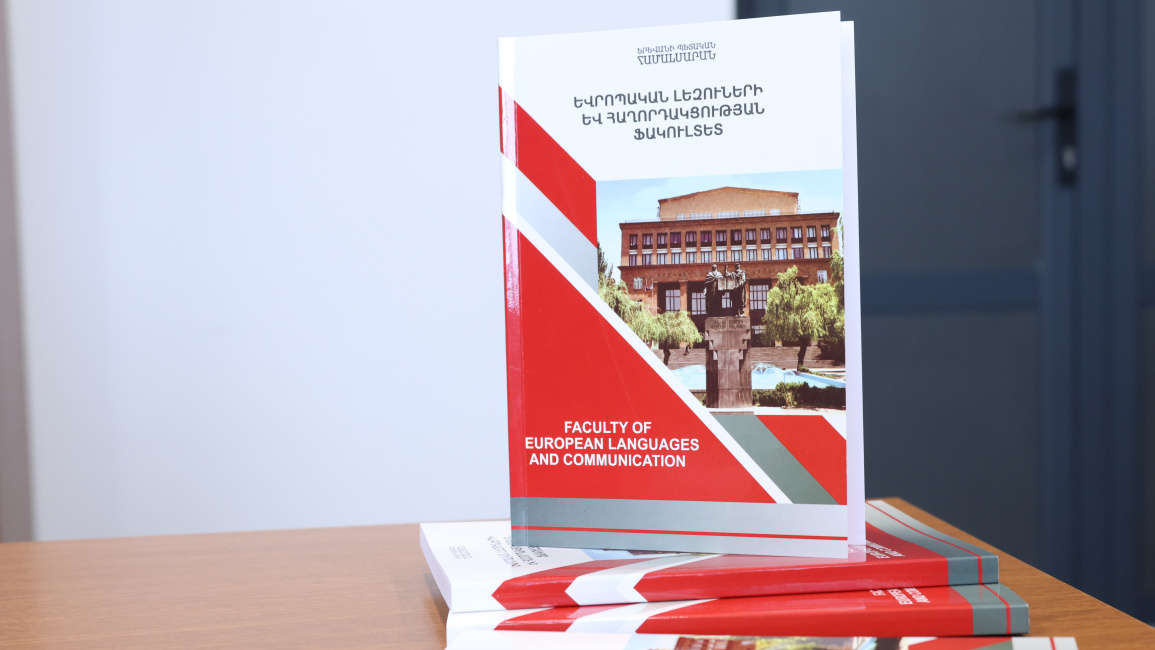The journey, educational and scientific achievements, and the multifaceted activities of the chairs at the Faculty of European Languages and Communication are comprehensively presented in a new book, which highlights the importance of foreign language teaching and the training of specialists at YSU.
The book, published in 2024, aims to provide a concise overview of the faculty's scientific and educational activities, as well as the educational-methodological, research, and social work carried out by the nine chairs within the faculty.
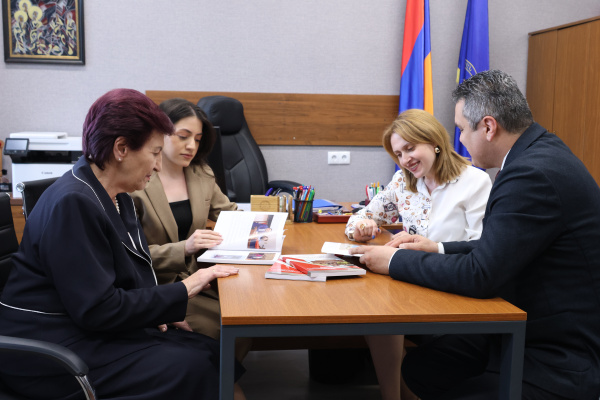
The Faculty of European Languages and Communication, established in 1991 based on the Department of Romance and Germanic Languages of the Faculty of Philology, has gained significant recognition both in Armenia and internationally over the years. Throughout its development, the faculty has effectively overcome challenges by continuously updating its curricula and methods to meet the evolving demands of science, economy, and culture.
The Faculty’s History Summarized in the Book
The Dean of the Faculty of European Languages and Communication, Gevorg Barseghyan, mentions that a great deal of work has been done over the years, and it was worthwhile to summarize these efforts in one book.
"Our faculty now has a 34-year history. This is the fourth book about our faculty to be published. It is a more comprehensive and refined version, a result of collaborative work in which Seda Gasparyan has provided significant support. The content of the book is not only in Armenian and English but also in the languages taught at our faculty—French, German, Spanish, Italian. Next year, the Portuguese version will also be included. Thus, the book presents the activities of the chairs and the faculty in a multilingual format," says Gevorg Barseghyan.
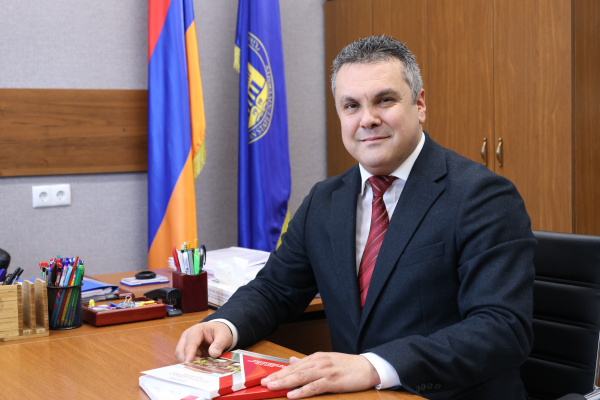
The book is intended not only for students but also for high school students and prospective applicants, serving as a guide in their choice of profession.
"Very often, when I visit schools, I gift the book to students, hoping that they will find their future in the world of languages and communication," adds the dean.
Currently, the nine chairs of the Faculty of European Languages and Communication are actively engaged in educational-methodological, scientific, research, and organizational activities, as well as postgraduate continuous education, applicant outreach, publishing, and international cooperation. Among these, educational-methodological work occupies a central place. The faculty constantly updates its curricula and subject programs, refining and improving them to meet current academic needs. The teaching process focuses on the development of both written and oral communication skills in foreign languages, offering complementary professional courses to provide both theoretical and practical knowledge.
Professor Seda Gasparyan, Head of the Chair of English Philology, notes that this book comprehensively presents the academic milestones of the faculty.
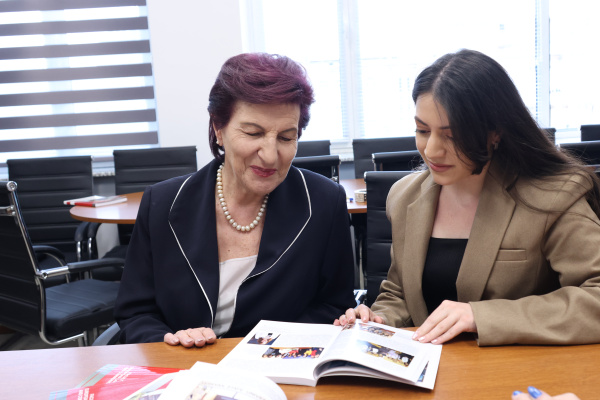
"I see this book not only as a coverage of a specific period but also as a historical record. The roots of our profession go back to 1935, when foreign languages began to be introduced to the university and gradually evolved into separate departments. I remember in 2007-2008, upon the suggestion of the European Union, we had to present the history of the development of foreign languages, particularly English, in Armenia. For this, it was necessary to collect complex and rare digital data, statistics on students, faculty members, and programs. It was a difficult and laborious process, but thanks to these efforts, a book was born, which now serves as the basis for publications about the faculty. Today, these books are important sources for future generations," she emphasizes.
The book also includes valuable information about the faculty's graduates, who are currently teaching at leading universities around the world, continuing to uphold the name of YSU Faculty of European Languages and Communication in the international academic community.
The Faculty as an Active Platform for International and Local Cooperation
In the book, readers can learn how the Faculty of European Languages and Communication continually expands its network of cooperation by establishing strong ties with leading universities in the USA, the UK, France, Germany, Italy, Spain, Portugal, and Russia. These collaborations provide opportunities for both faculty members and students to participate in training, improve course content, and update curricula, thereby enhancing education quality.
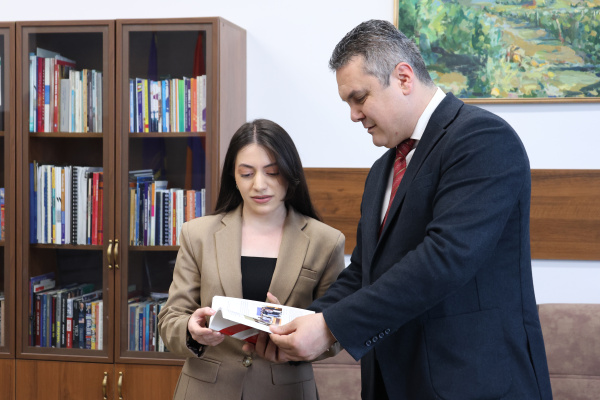
The faculty also actively collaborates with educational institutions, embassies, and NGOs in Armenia, creating new platforms for exchanging experiences and implementing innovative programs.
The faculty’s scientific and creative journals—"Armenian Folia Anglistika," "Foreign Languages in Higher Education," "FLSP," "Translation Studies: Theory and Practice," and "Flower of Translations"—play an essential role in publicizing the scientific and creative activities of specialists. These journals also open new doors for talented students and PhD candidates, providing a platform for discovering, supporting, and fostering professional growth. Notably, the "Translation Studies: Theory and Practice" journal has recently been officially included in the prestigious Scopus database, which is a significant achievement not only for Yerevan State University but also for Armenia's scientific community.
Sona Shahverdyan
